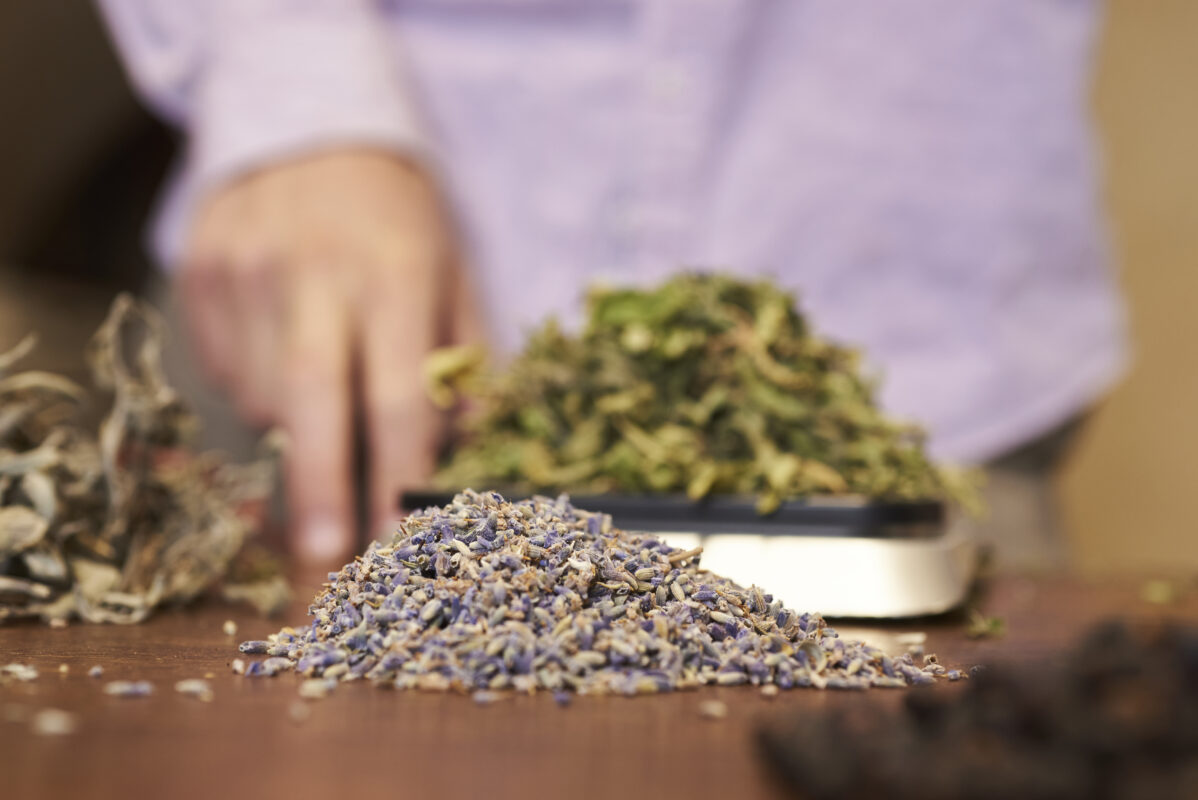Vermouth comes in many varieties, with white and red being the most popular and renowned. Italy and France lay claim to their origins.
However, there is a vast universe of Vermouths that goes far beyond the opposition between dry and sweet, white and red. In fact, the majority of Vermouths don’t fit into just one category: they come in bright pink hues or honeyed gold. Some are distinguished by spicy notes, others by floral aromas, while some are particularly bitter.
All vermouths are made from a base of fortified wine to which neutral alcohol is added, then infused with a blend of herbs, roots, citrus fruit and peel.
Red vermouth
Red Vermouth originally comes from Italy, from Turin to be precise. It is widely recognised thanks to renowned Italian brands such as Cinzano and Martini.
Its dark red colour is achieved by adding caramel, making it the least bitter and least dry type of Vermouth. Bitterness varies according to the country of origin.
In Italy, for example, Vermouth Rosso is generally more bitter. It has pronounced aromatic notes, a mixture of caramel sugar, vanilla and ripe cherry.
In Spain, Red Vermouth is also very popular in Spain. Vermouth Roja is widespread and is distinguished by its sweetness, which comes from the caramel and cinnamon that give it its colour and aroma. The Vermouth culture in Spain goes beyond being a simple alcoholic drink; it is a concept rooted in time-honoured habits. Traditionally drunk between 12pm and 1pm with tapas, Vermouth is an institution in its own right.
White vermouth
White vermouth, also known as Bianco Vermouth depending on its country of origin, is somewhere between sweet and dry Vermouth in terms of sweetness. Biancos vary considerably, as each brand has its own blend of plants.
White Vermouth originated in France in the 19th century. In 1813, Joseph Noilly, a French producer of absinthes and liqueurs, launched his recipe for white Vermouth made from Languedoc white wines. In 1843, his brother-in-law became his partner, giving birth to the Noilly-Prat company.
Meanwhile, in 1821, Joseph Chavasse created his own Vermouth in Chambéry. This Vermouth, called Dolin and made from local aromatic plants, was the first to be awarded AOC status a century later, in 1932.
White Vermouth is made from a secret blend of aromatic plants, including camomile, coriander, bitter orange peel, nutmeg and elderflower.
Veirado Vermouth
In our distillery in Haute Provence, we create our Veirado white Vermouth in the traditional, artisanal way, following the tried and tested methods of our predecessors. This delicate beverage is the result of the harmonious union of a natural organic sweet wine from Beaumes de Venise and a selection of organic aromatic plants, carefully chosen for their quality and local provenance.
We called on local producers to provide us with the best herbs: absinth, thyme, mint and lemon balm, among others. To sublimate this blend, we added a touch of organic honey from Provence, precisely measured out to achieve a perfect balance.
The result is a white Vermouth that reflects the soul of Haute Provence.
White Vermouth is distinguished by its sweetness and delicacy, evoking floral notes and citrus accents. Vermouth Rosso/Roja, on the other hand, has a more assertive, fruitier flavour profile, combining notes of caramel and vanilla with hints of bitter herbs to create a rich, complex whole.
Whatever its origin, colour or sweetness, savouring Vermouth is always a delight, whether neat or in elaborate cocktails. So, which do you prefer? Simple and pure or mixed with a bit of creativity?




